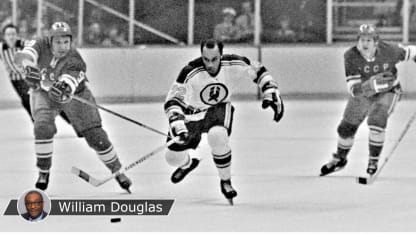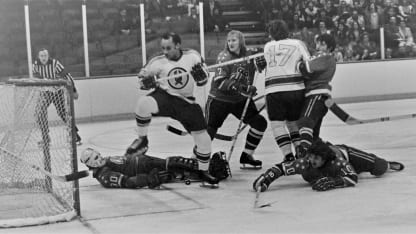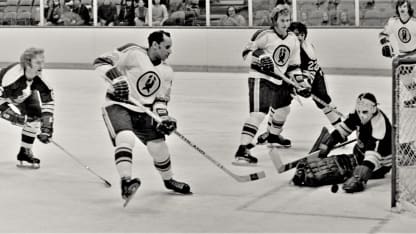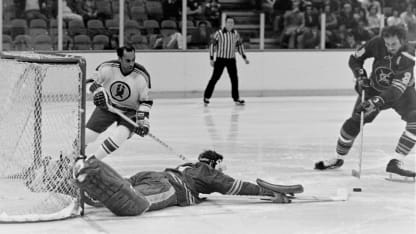When the Boston Bruins retire O'Ree's No. 22 before their game against the Carolina Hurricanes on Tuesday (7 p.m. ET; SNE, SNO, TVAS, NESN, BSSO, ESPN+, NHL LIVE), fans will applaud him for becoming the first Black player in the NHL when he debuted against the Montreal Canadiens on Jan. 18, 1958, at Montreal Forum.
Or they will recognize O'Ree for his post-playing work as NHL diversity ambassador, helping to inspire more than 120,000 kids to take up hockey as part of the NHL Hockey Is For Everyone initiative, a role that led to his induction in the Hockey Hall of Fame in 2018 in the Builders category.
But few may realize just how good a player O'Ree was. His NHL career was brief, 45 games in two seasons with the Bruins (two games in 1957-58, 43 in 1960-61), during which he scored 14 points (four goals, 10 assists).
But O'Ree had a lengthy and prolific minor league career despite being legally blind in his right eye, the result of an injury he sustained while playing junior hockey Nov. 22, 1955.
O'Ree scored 639 points (328 goals, 311 assists) in 785 games with the Los Angeles Blades and San Diego Gulls of the Western Hockey League from 1961-74.
He led the WHL with 38 goals in 1964-65, one of five 30-goal seasons in the league (1964-65, 1965-66, 1966-67, 1968-69, 1973-74).
"He could score from outside, he could score from inside," said goalie
Jack McCartan
, a teammate of O'Ree's in Los Angeles and San Diego and a member of the first United States hockey team to win an Olympic gold medal, in 1960. "His speed got him places where other guys couldn't get to."







